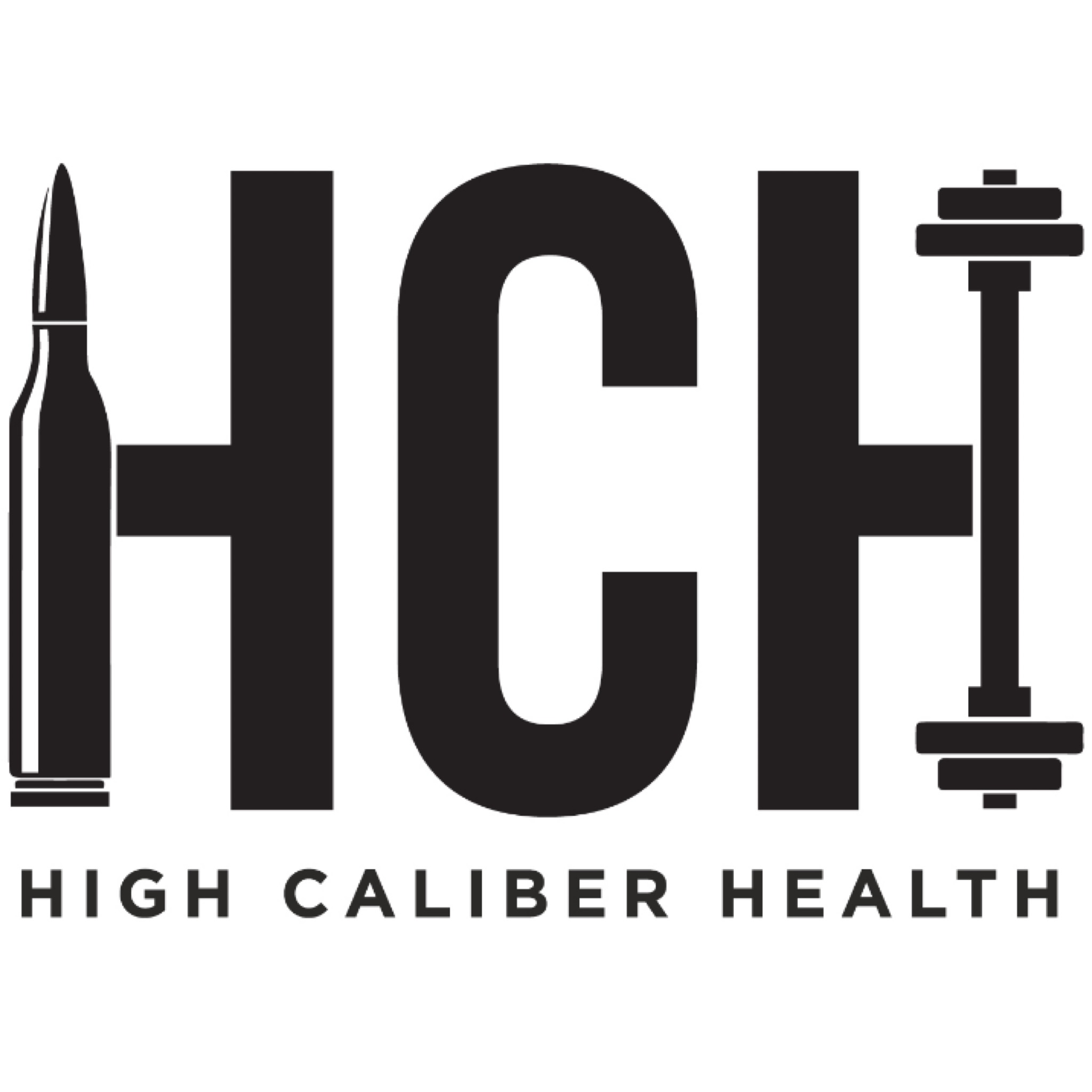Trekking poles are more than just fancy accessories for hiking enthusiasts. These versatile tools offer a range of benefits that enhance stability, reduce joint impact, provide a full-body workout, and improve overall hiking performance.

The Health Benefits of Trekking Poles
The Health Benefits of Trekking Poles
Introduction
Trekking poles are more than just fancy accessories for hiking enthusiasts. These versatile tools offer a range of benefits that enhance stability, reduce joint impact, provide a full-body workout, and improve overall hiking performance.
In this blog post, we will delve into the advantages of using trekking poles, the individuals who can benefit from them, techniques for using them effectively, key features to consider when purchasing, and a few recommended trekking pole options.
The Benefits of Using Trekking Poles
Improved stability and balance
Trekking poles offer extra points of contact with the ground, boosting stability and reducing the risk of slips and falls, particularly on uneven or slippery terrain.
Reduced joint impact
By sharing the weight-bearing load, trekking poles alleviate stress on lower body joints like knees and ankles, making them an excellent choice for individuals with joint issues.
Increased upper body workout
Engaging the arms, shoulders, and core, trekking poles provide a balanced, full-body workout while hiking, distributing effort between the upper and lower body.
Enhanced endurance and reduced fatigue
By redistributing the effort required for hiking, trekking poles lessen fatigue and allow hikers to cover greater distances with less strain.
Improved posture and spinal alignment
Holding trekking poles promotes an upright posture and proper spinal alignment, reducing strain on the back and enhancing overall posture.
Increased caloric expenditure
Trekking poles elevate the overall muscular effort during hiking or walking, leading to higher calorie expenditure compared to walking without poles.
Who Would Benefit from Using Trekking Poles?
Individuals with joint issues
People with knee, hip, or ankle problems find relief as trekking poles minimize impact and stress on these joints.
Older adults and individuals with neurological conditions
Trekking poles provide older adults with increased balance, stability, and confidence while reducing the risk of falls. Those with neurological conditions like Parkinson’s disease can also benefit significantly.
Hikers and backpackers
Trekking poles are indispensable for hikers and backpackers of all skill levels, providing stability when carrying heavy loads or navigating challenging terrains.
Techniques for Using Trekking Poles
Adjusting the length
Set the poles to a length that allows your arms to form a comfortable 90-degree angle when holding the grips, with slightly bent elbows.
Grip and strap placement
Hold the grip firmly while allowing the strap to rest on the back of your hand, enabling a relaxed grip without the risk of dropping the pole.
Planting the poles
As you walk, plant the poles slightly ahead and to the side of your body in sync with your opposite leg, maintaining balance and stability.
Uphill and downhill techniques
Shorten the poles for uphill climbs, using them to push yourself upward. Lengthen the poles and plant them slightly behind your body when descending to provide support and reduce knee strain.
Features to Consider When Choosing Trekking Poles
Material
Look for lightweight and durable materials such as carbon fiber or aluminum, with carbon fiber being lighter but more expensive.
Weight
Opt for lighter poles to minimize fatigue during long hikes, considering the trade-off between weight and cost.
Length adjustability
Choose poles with adjustable lengths to adapt to various terrains and individual preferences.
Grip and comfort
Consider grip materials like cork, foam, or rubber, each offering different levels of comfort and sweat absorption.
Anti-shock features
Some poles have built-in shock absorbers to reduce joint impact, benefiting individuals with joint issues or those hiking on hard surfaces.
Price
Determine your budget and find poles that strike a balance between features and quality within that range.
Versatility
If you plan to engage in multiple outdoor activities, seek poles that can be adapted for hiking, snowshoeing, or Nordic walking.
A Physical Therapist’s Recommended Trekking Poles
Black Diamond Alpine
With a carbon shaft and cork grip, these poles are durable, have a comfortable grip, and are suitable for all seasons of hiking.
A slightly more expensive option but certainly a great product!
Click here for the Black Diamond Trekking Poles on Amazon!
TrailBuddy Hiking
These poles offer good value for regular walking, hiking, or backpacking. The lightweight, collapsable hiking poles have over 55,000 reviews and 4.7 stars.
The TrailBuddy Trekking poles are great for people on-the-go and looking to pack a lighter load.
Conclusion
Trekking poles are valuable tools for hikers and outdoor enthusiasts, offering stability, reduced joint impact, upper body engagement, and enhanced endurance.
By following proper techniques and considering key features when purchasing, you can maximize the benefits they provide. While the recommended models mentioned here are a starting point, it’s important to research and select the trekking poles that align with your specific needs, preferences, and budget.
So, grab your poles and embark on your next outdoor adventure with increased confidence, comfort, and performance!
Disclosure: as an amazon affiliate, I earn commissions from qualifying purchases made through the links provided on this website, which help support its maintenance and content creation.

About the Author
Taylor Kuhlmann, PT, DPT, CSCS
Taylor Kuhlmann is a licensed physical therapist in Kansas, a certified strength and conditioning specialist accredited by the National Strength and Conditioning Association, and the founder of High Caliber Health. With a passion for guiding hunters and outdoor enthusiasts, Taylor focuses on enhancing their overall health and wellness, enabling them to experience the outdoors with reduced pain and enhanced performance.

















































